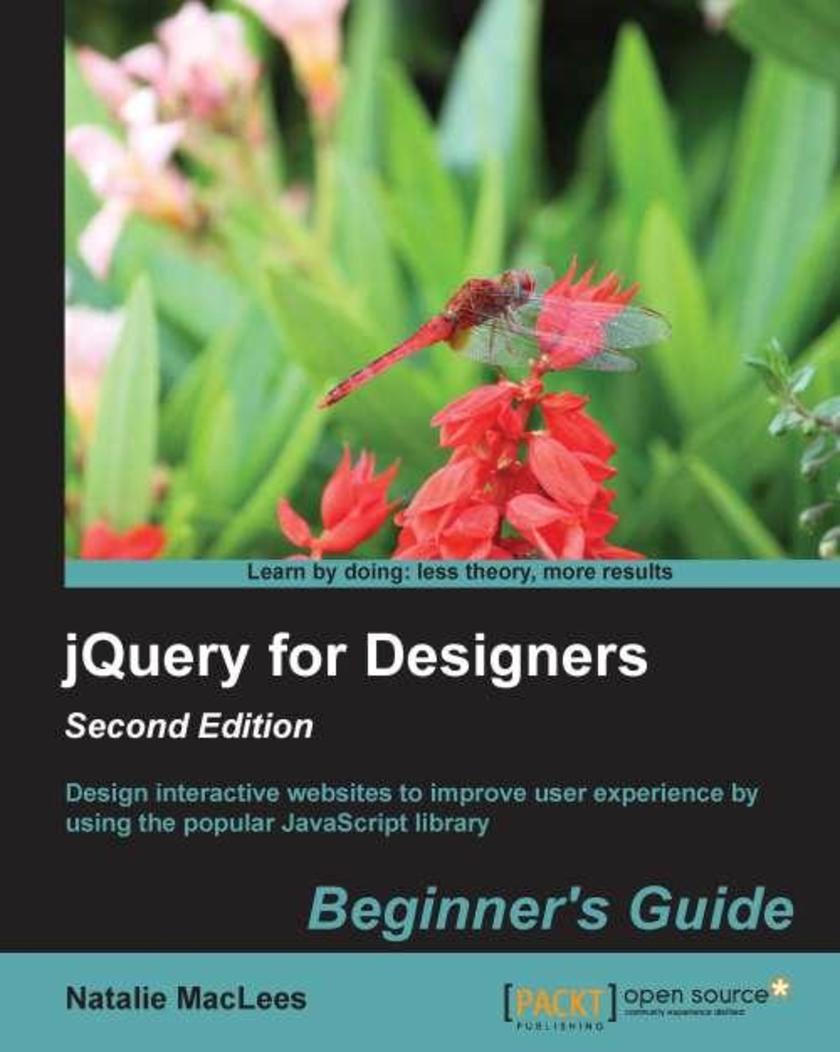
jQuery for Designers Beginner's Guide: Second Edition
¥71.93
A step-by-step guide that spices up your web pages and designs them in the way you want using the most widely used JavaScript library, jQuery. The beginner-friendly and easy-to-understand approach of the book will help get to grips with jQuery in no time. If you know the fundamentals of HTML and CSS, and want to extend your knowledge by learning to use JavaScript, then this is just the book for you. jQuery makes JavaScript straightforward and approachable – you'll be surprised at how easy it can be to add animations and special effects to your beautifully designed pages.
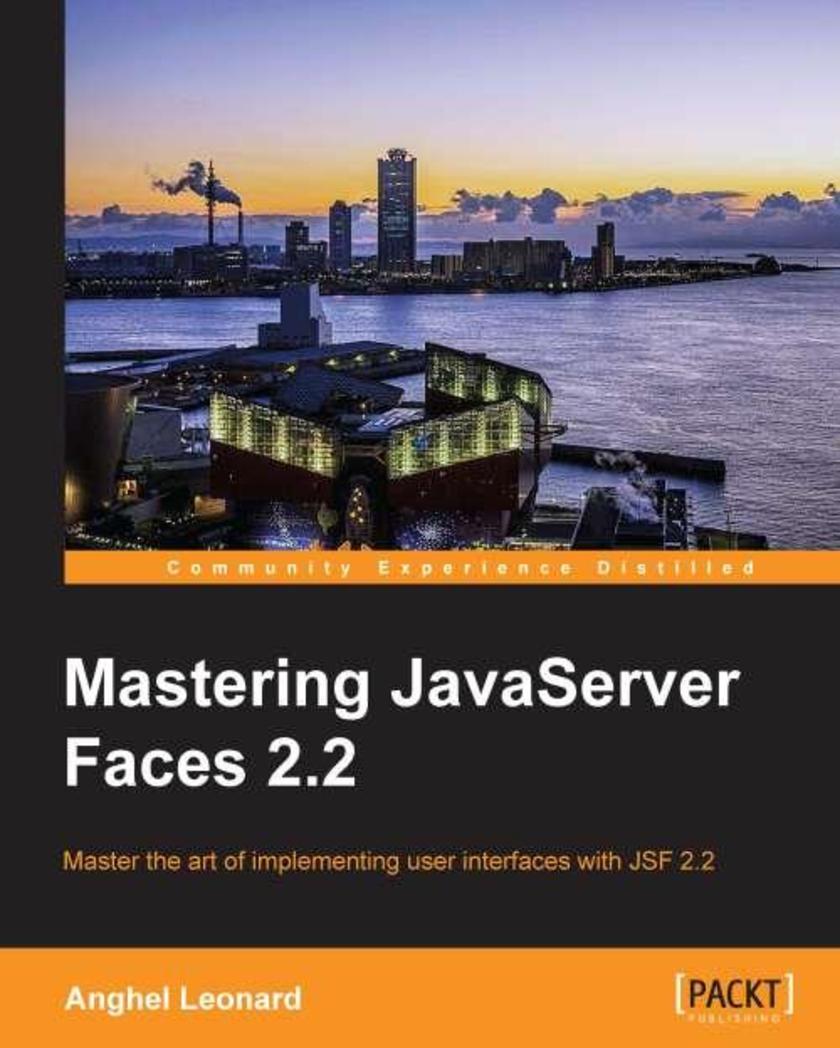
Mastering JavaServer Faces 2.2
¥107.90
A homogenous guide integrating the features of JSF 2.x (2.0, 2.1 and 2.2), following a “learning through examples” paradigm with its main focus on the advanced concepts of JSF. If you are a web developer who uses JSF, this is the book for you. Catering to an intermediate-advanced audience, the book assumes you have fundamental knowledge of JSF. It is intended for the developer who wants to improve their skills with the combined power of JSF 2.0, 2.1, and 2.2.

Microsoft Dynamics CRM 2011 Cookbook
¥107.90
This is a Cookbook with recipes aimed at all levels with lots of practical walkthroughs for virtualization techniques.This book is great for Dynamics CRM 2011 professionals who have a beginner level understanding of the system and are looking to get a good grounding in how to deploy, maintain, configure, and customize a Dynamics CRM 2011 application efficiently. It’s assumed that the reader has a basic level understanding of IT infrastructure topologies along with functional knowledge of Dynamics CRM 2011 Sales, Marketing, and Services modules.
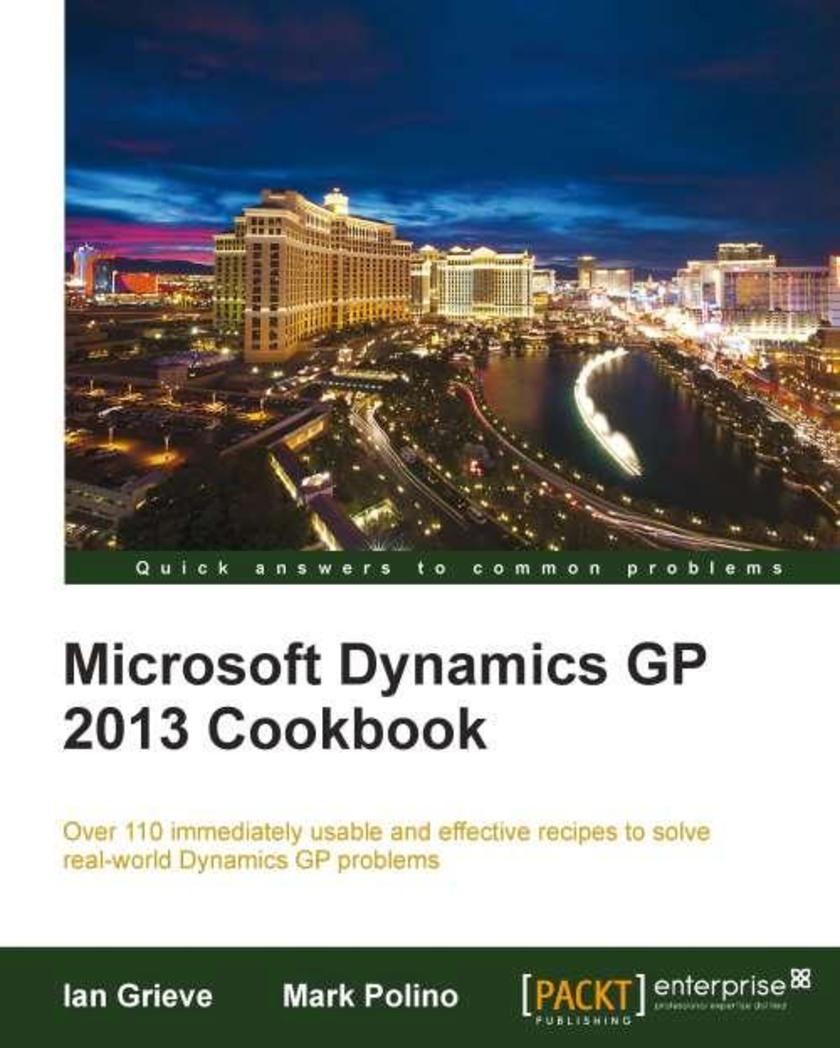
Microsoft Dynamics GP 2013 Cookbook
¥107.90
Microsoft Dynamics GP 2013 Cookbook is a highly practical beginner to intermediate Cookbook to improve your efficiency and master your use of Microsoft Dynamics GP 2013. All the recipes are time-proven; real-world tested, and designed to be used immediately.If you’re a Dynamics GP partner or Dynamics GP user, primarily focused on delivering application optimizations, then "Microsoft Dynamics GP 2013 Cookbook" is for you.This book assumes that you have a basic knowledge of Microsoft Dynamics GP, a basic understanding of business management systems, and some exposure to Microsoft SQL Server.
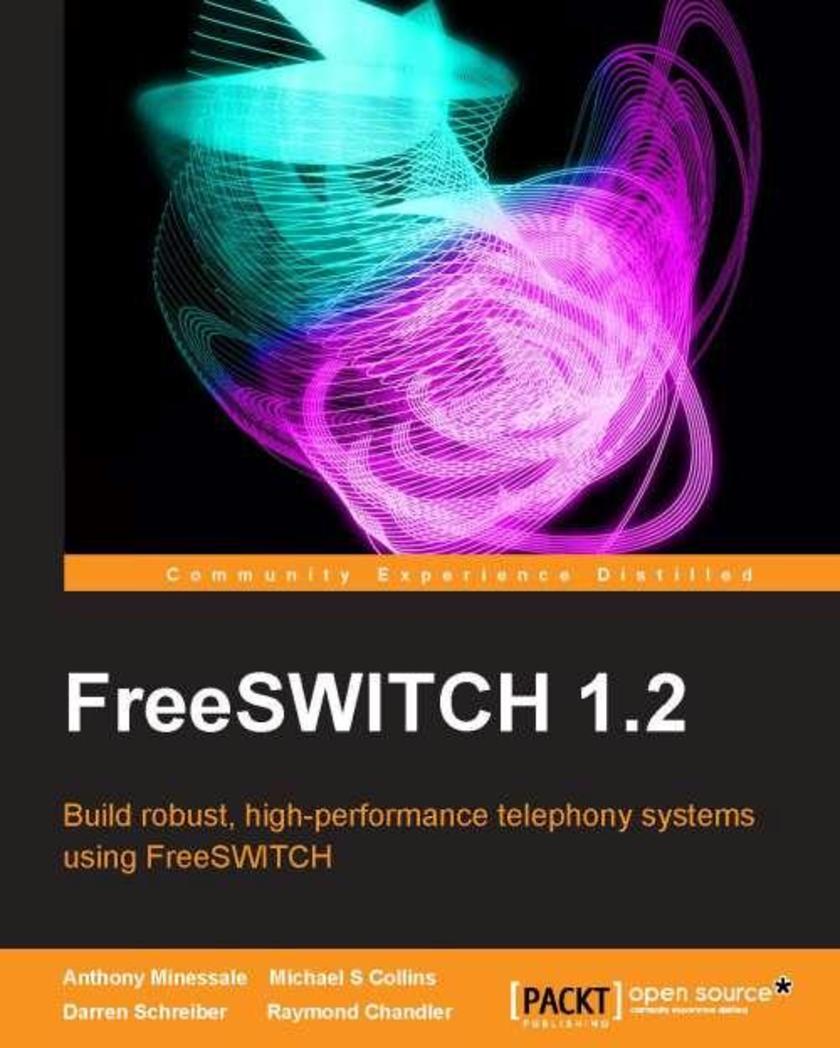
FreeSWITCH 1.2
¥80.65
This book is full of practical code examples aimed at a beginner to ease his or her learning curve.This book is written for IT professionals and enthusiasts who are interested in quickly getting a powerful telephony system up and running using the free and open source application, FreeSWITCH.Telephony experience will be helpful, but not required.
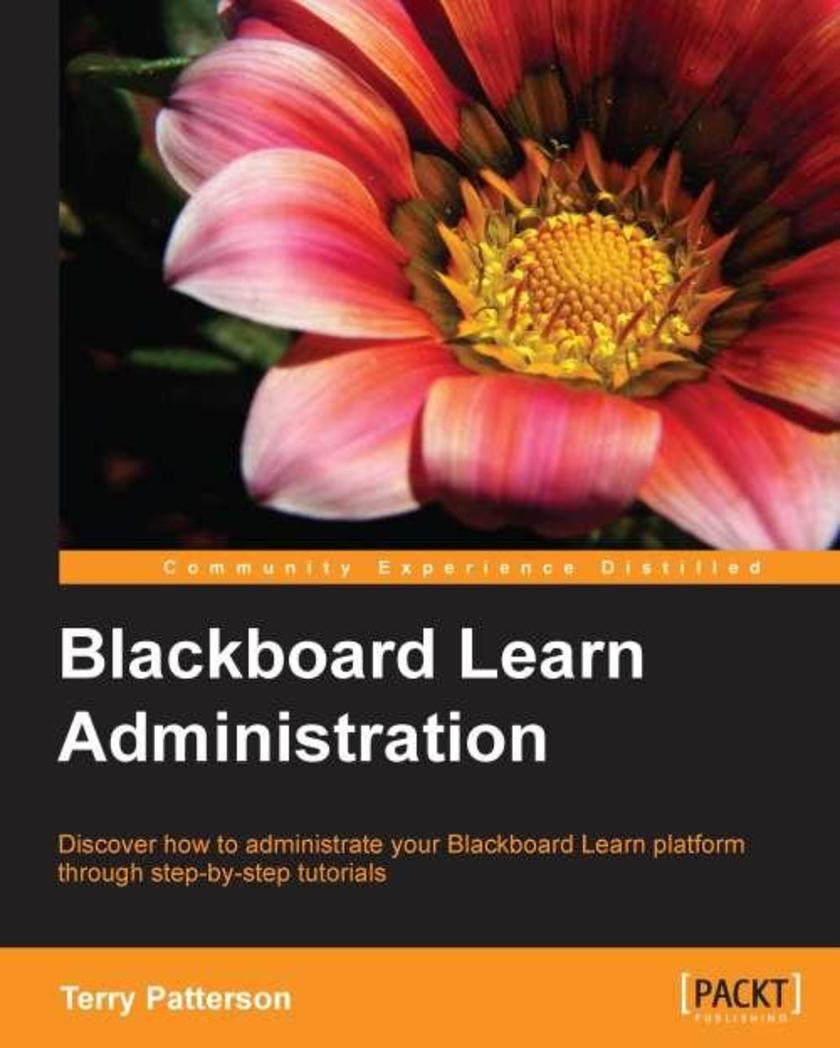
Blackboard Learn Administration
¥80.65
Hands-on and step-by-step instructions on successfully administrating Blackboard Learn from an admin expert. This book is for in-house IT administrators who are responsible for maintaining the school’s IT system and making sure that it is ready for the teachers to use. Readers will need some experience with server management and installation.
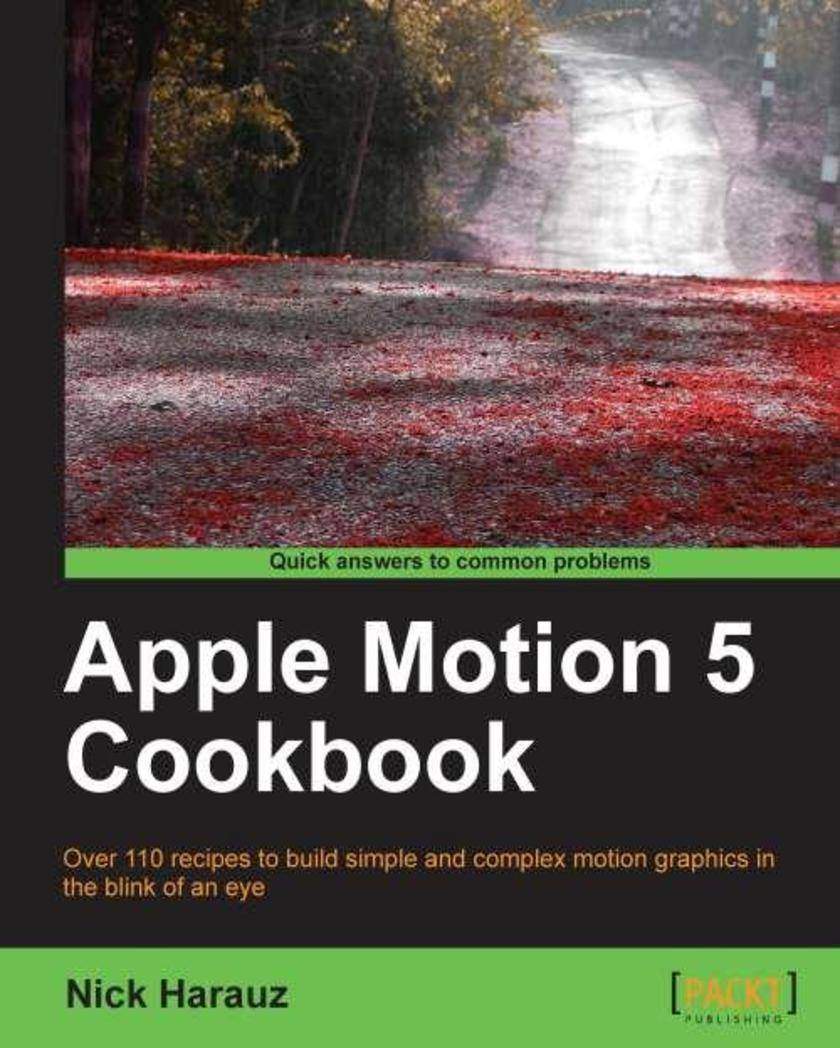
Apple Motion 5 Cookbook
¥80.65
Step-by-step, practical recipes to build simple and complex Motion Graphics with Motion 5"Apple Motion 5 Cookbook" is designed for Final Cut Pro X video editors and Motion 5 users looking to gain more knowledge of how Motion works, and to get more of a ‘WOW’ factor in projects. It’s also aimed at designers and motion designers alike, who are looking to build on their skillsets.
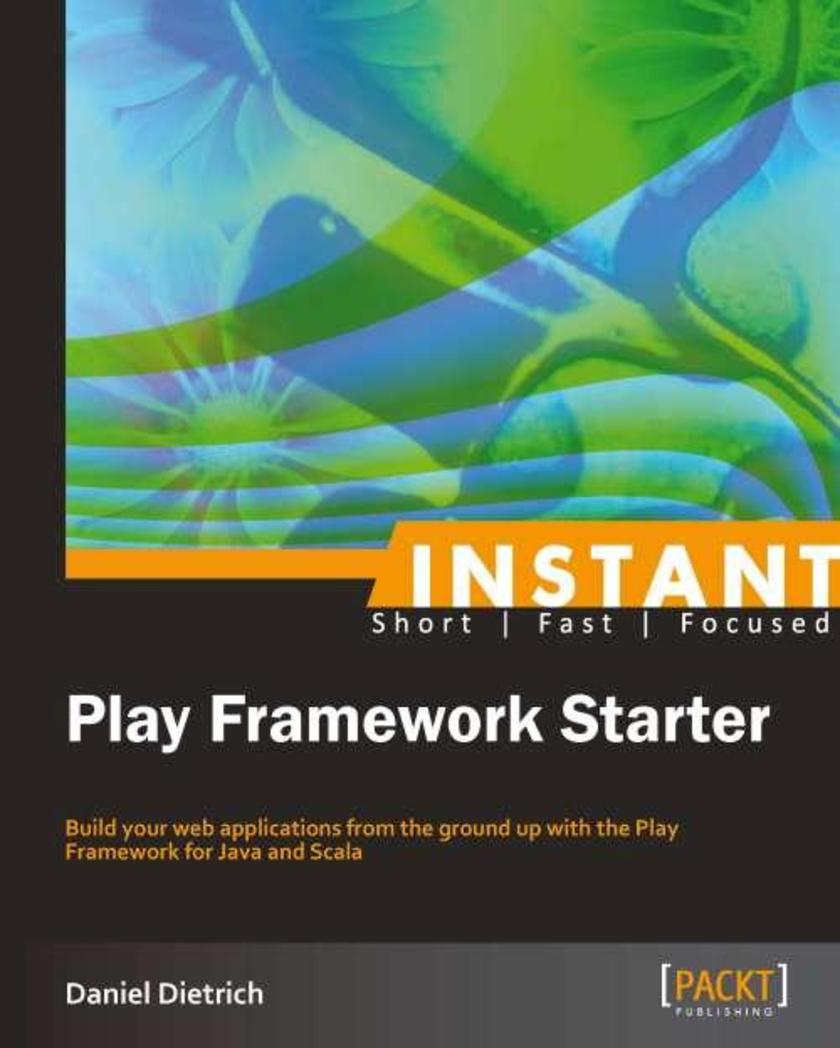
Instant Play Framework Starter
¥41.41
Get to grips with a new technology, understand what it is and what it can do for you, and then get to work with the most important features and tasks.A practical, quick, and hands-on guide to the Play Framework.This book is written for readers interested in developing web applications with Java or Scala. A basic knowledge of either Java or Scala is helpful. Prior experience with Play is not required.
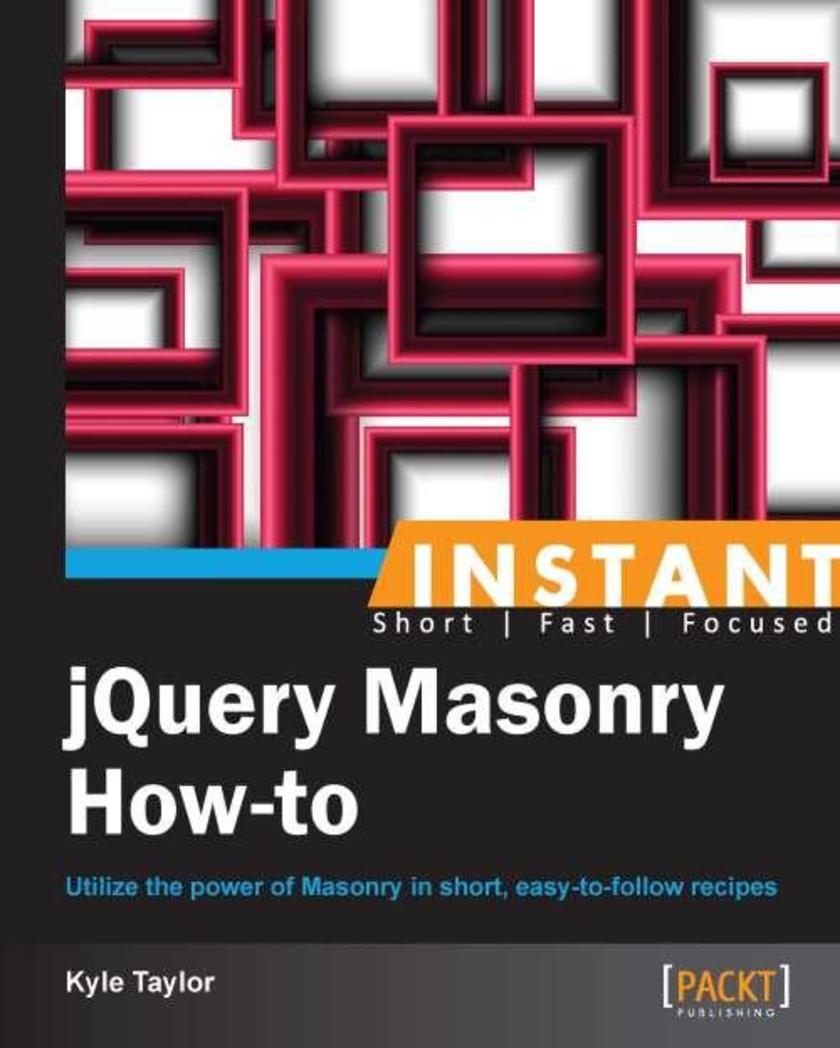
Instant jQuery Masonry How-to
¥41.41
Filled with practical, step-by-step instructions and clear explanations for the most important and useful tasks. Get the job done and learn as you go. A concise guide that delivers immediate results with practical recipes on customizing your projects.If you have a basic understanding of jQuery, HTML, and CSS3, this book is for you. We will go over what Masonry is, how it works, and the best practices on how to implement it in your projects.
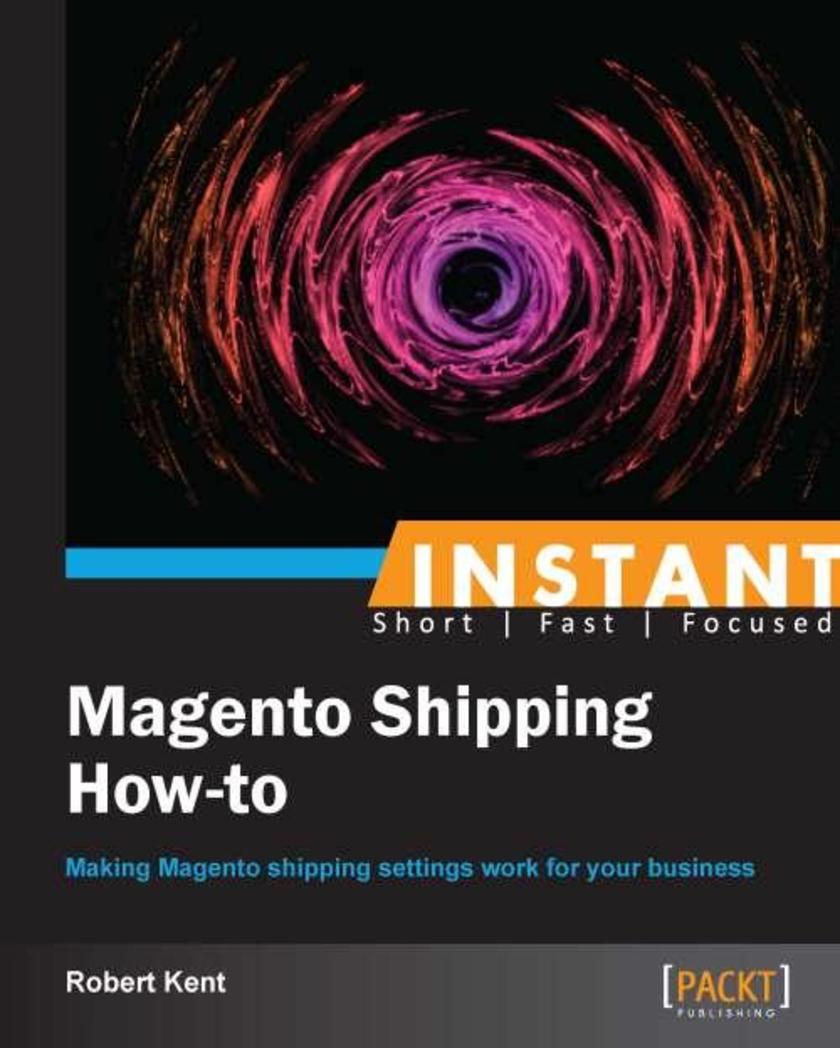
Instant Magento Shipping How-To
¥45.77
Filled with practical, step-by-step instructions and clear explanations for the most important and useful tasks. Instant Magento Shipping How-To is a step-by-step guide to learn and understand the different shipping configurations and settings of Magento.This book is perfect for Magento store owners who wish to explore the possibilities of extending their shipping options for both themselves through order processing, and their customers through promotions and multiple shipping methods. It's also great for any store owner wishing to gain a bit more insight into the technical workings of Magento's administration panel.
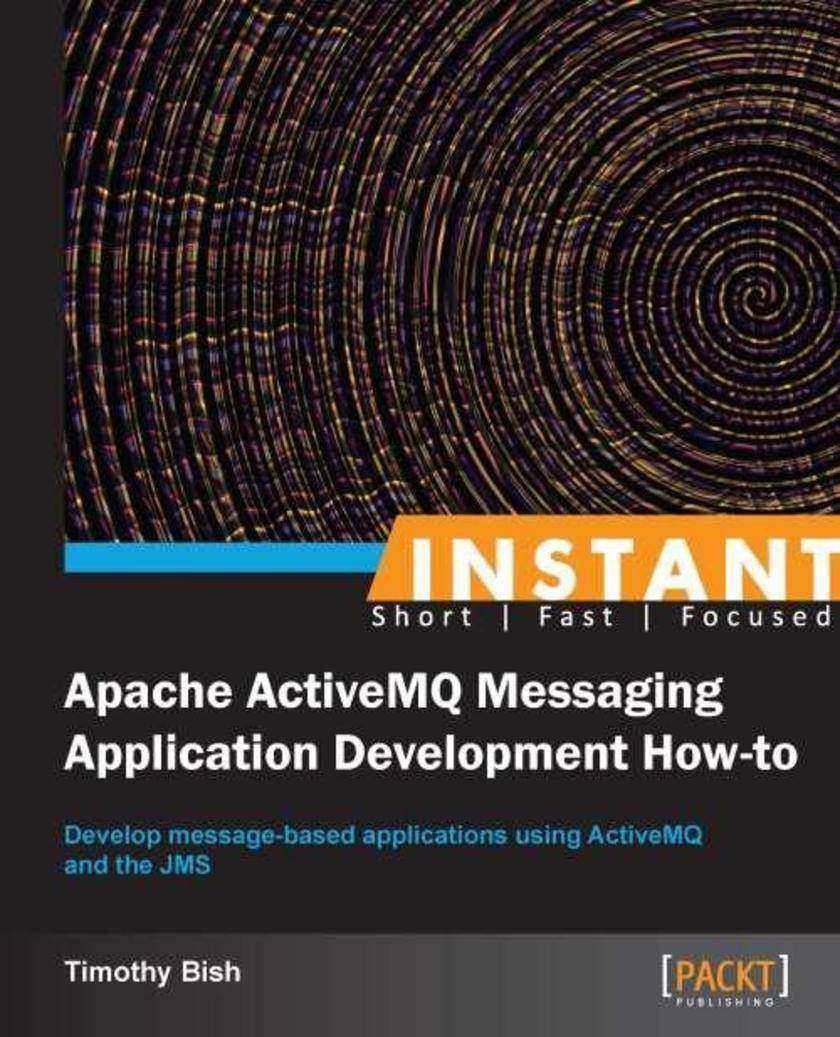
Instant Apache ActiveMQ Messaging Application Development How-to
¥45.77
Filled with practical, step-by-step instructions and clear explanations for the most important and useful tasks.This is a Packt Instant How-to guide, which provides concise and practical recipes to help you get started writing applications with ActiveMQ using practical examples.Instant ActiveMQ Application Development How-to is for the developers who are new to Java Message Service application development or new to JMS development using ActiveMQ. Readers will come away ready to solve complicated messaging related problems using the JMS API and ActiveMQ.
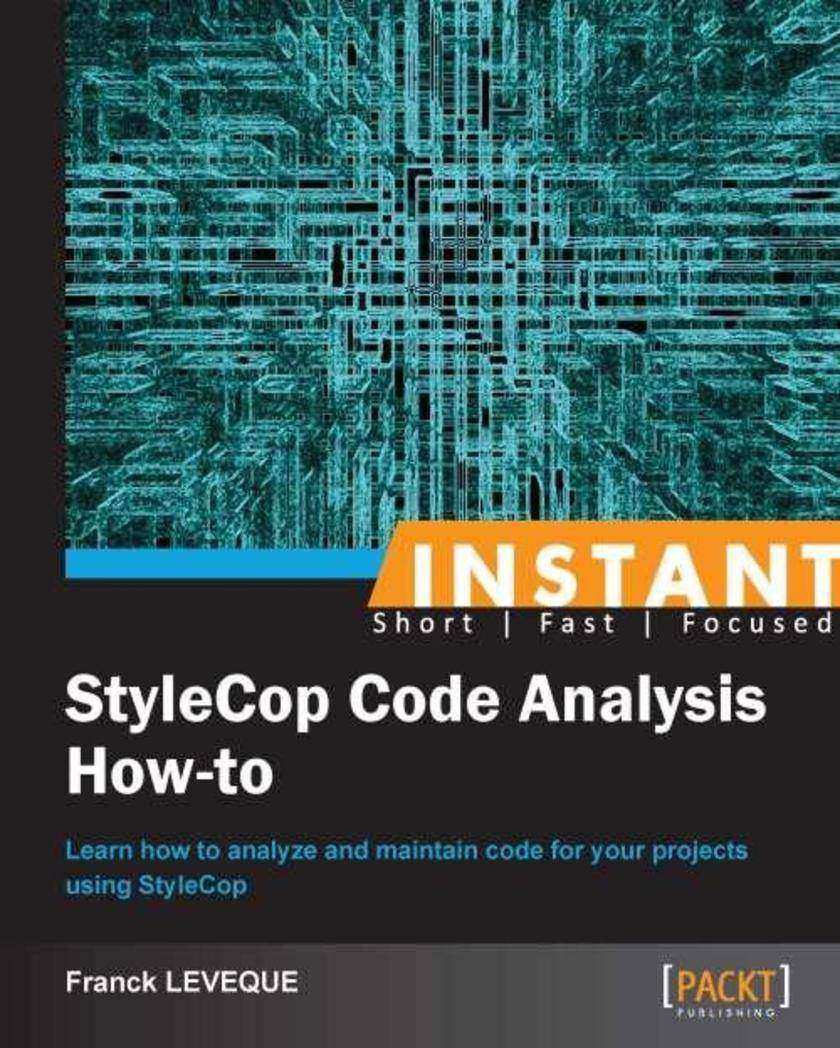
Instant StyleCop Code Analysis How-to
¥41.41
Filled with practical, step-by-step instructions and clear explanations for the most important and useful tasks.The book will take a how-to approach, focusing on recipes that demonstrate Stylecop code analysis.Stylecop Code Analysis How-to is intended for developers and project managers who are looking for an all-encompassing overview of Stylecop to display or enforce their specific coding conventions. It is assumed that you have a minimal understanding of integration technologies such as MSBuild and Nant. You should also have some knowledge on how to program in C# and LINQ. An available version of Visual Studio 2008 professional or superior is also required to follow the first chapters of this book.
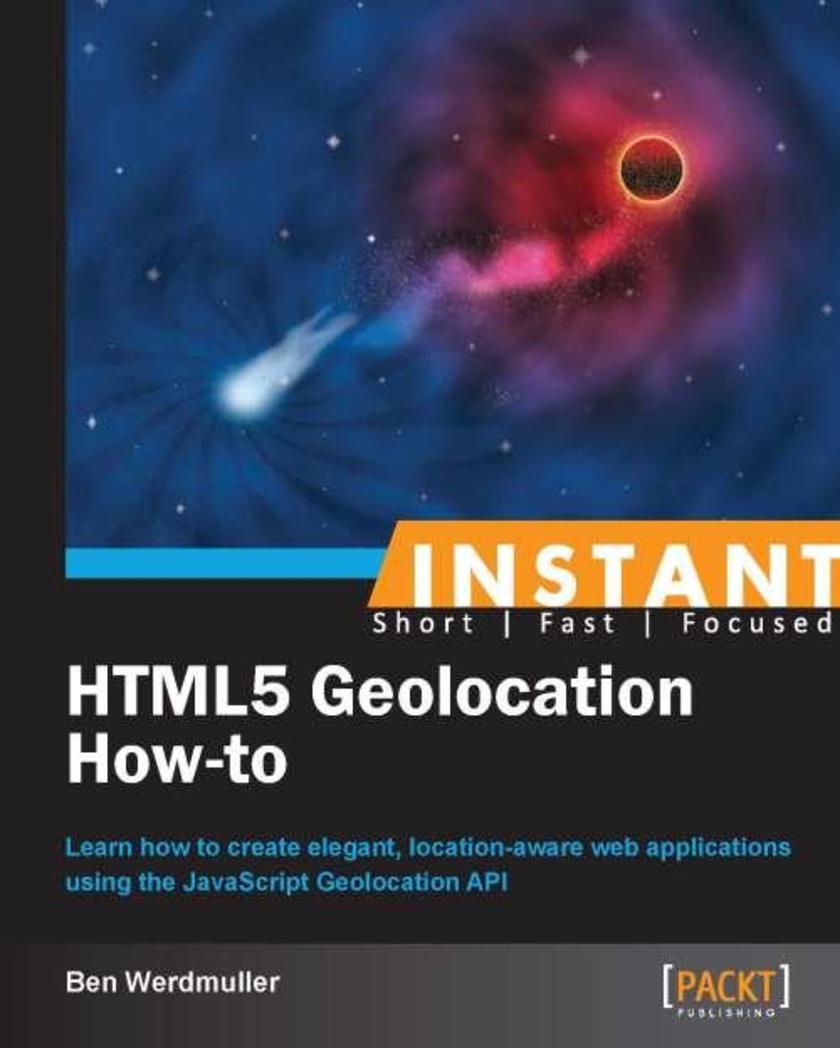
Instant HTML5 Geolocation How-To
¥41.41
Filled with practical, step-by-step instructions and clear explanations for the most important and useful tasks. The book will take a how-to approach, focusing on recipes that demonstrate geolocation in HTML5.This book is for web developers who want to incorporate geolocation technology into their applications. Previous knowledge about geolocation software or standards is not required. However, this book assumes a general understanding of web technologies, and both Java* and jQuery in particular.

Instant Building Multi-Page Forms with Yii How-to
¥41.41
Filled with practical, step-by-step instructions and clear explanations for the most important and useful tasks.A concise guide that delivers immediate results with practical recipes on customizing your forms.This book is great for developers who have a basic understanding of Yii framework and want to learn some of the advanced, inbuilt features of Yii. It assumes that the reader has a basic knowledge of PHP development, how forms work, and AJAX operations.
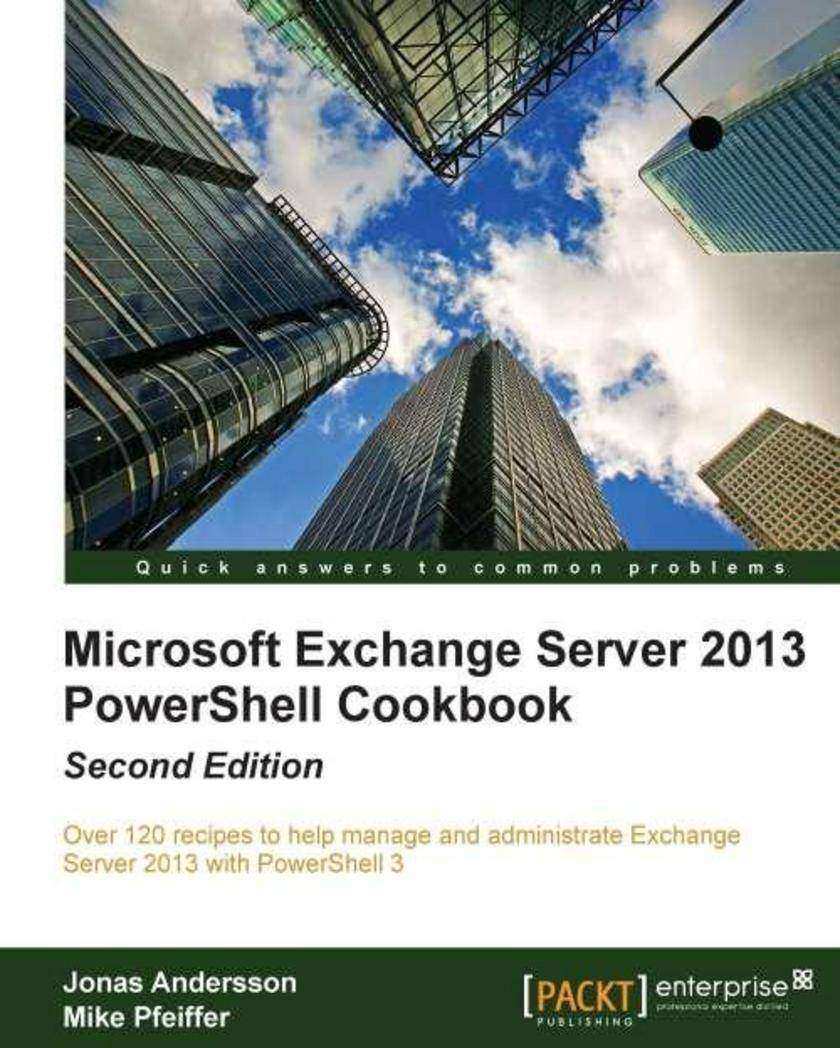
Microsoft Exchange Server 2013 PowerShell Cookbook: Second Edition
¥107.90
This book is written in a Cookbook-style format and provides practical, immediately usable task-based recipes that show you how to manage and maintain your Microsoft Exchange Server 2013 environment with Windows PowerShell 3. Each chapter of the book is written so that it can be used as a desktop reference, or it can be read from beginning to end, allowing you to build a solid foundation for building *s in your Exchange environment.This Cookbook is for messaging professionals who want to learn how to build real-world *s with Windows PowerShell 3 and the Exchange Management Shell. If you are a network or systems administrator responsible for managing and maintaining Exchange Server 2013 you will find this highly useful. Only basic knowledge of Exchange Server and PowerShell are required to make the most of this book.
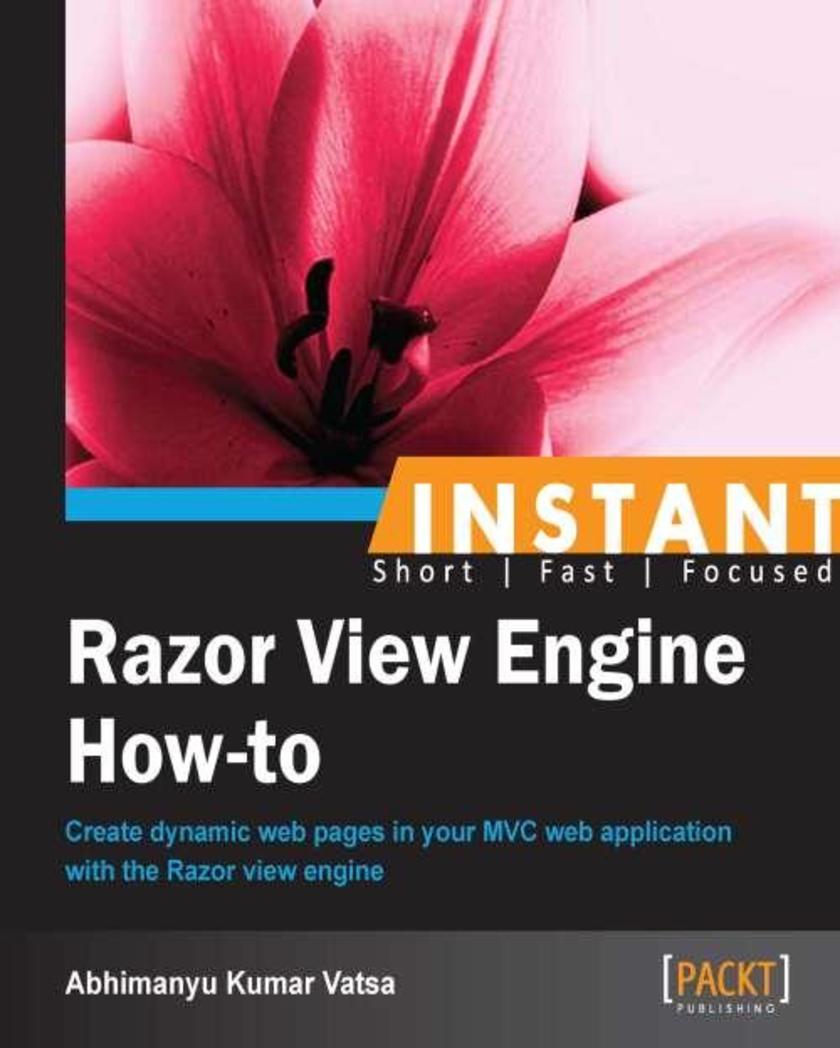
Instant Razor View Engine How-to
¥45.77
Filled with practical, step-by-step instructions and clear explanations for the most important and useful tasks. This is a Packt Instant How-to guide, which provides concise and clear recipes for configuring RazorView and working with its syntax and view types.This book is for developers who are looking for alternate ways to simplify web application development.
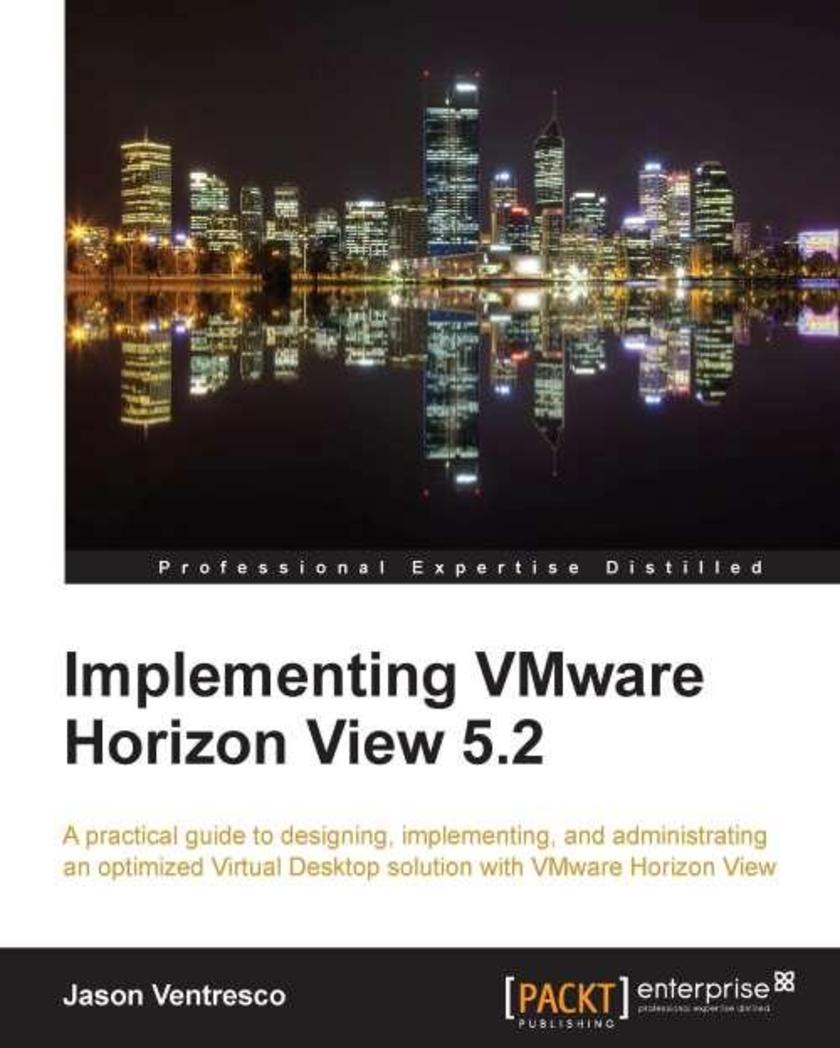
Implementing VMware Horizon View 5.2
¥90.46
A step-by-step tutorial covering all components of the View Horizon suite in detail, to ensure that you can utilize all features of the platform, and discover all of the possible ways that it can be used within your own environment.If you are a newcomer in system administration, and you wish to implement a small to midsized Horizon View environment, then this book is for you. It will also benefit individuals who wish to administrate and manage Horizon View more efficiently or are studying for the VCP5-DT.
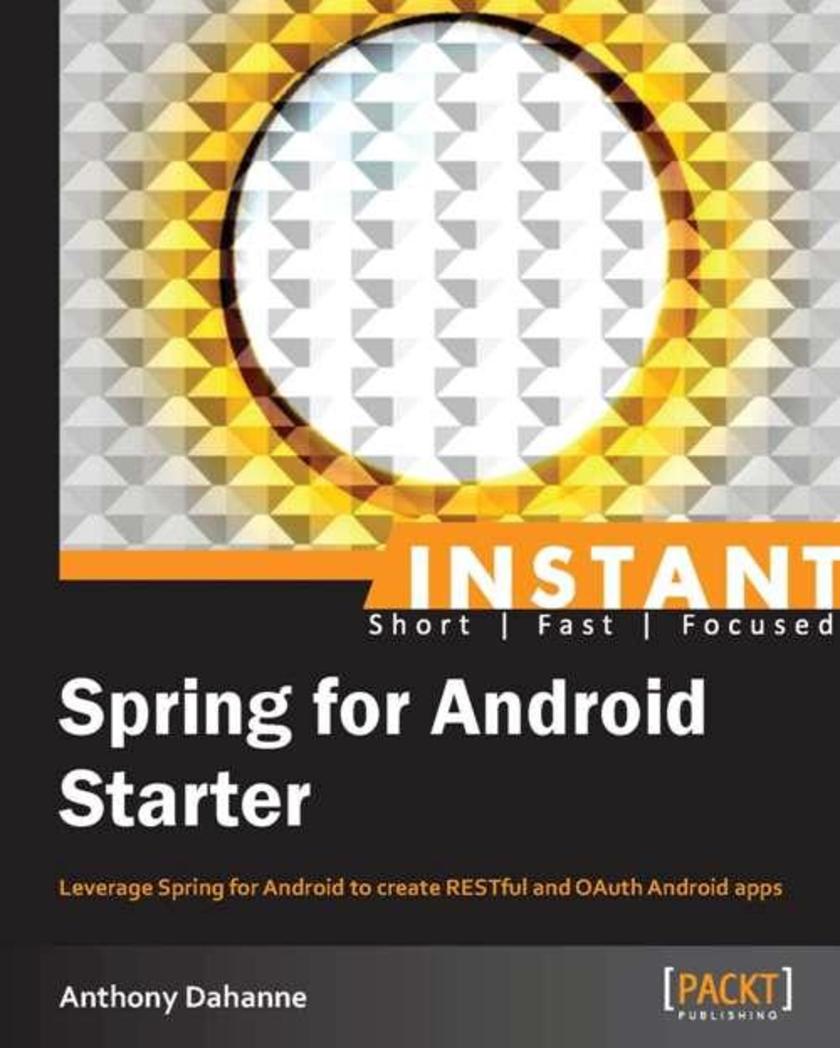
Instant Spring for Android Starter
¥45.77
Get to grips with a new technology, understand what it is and what it can do for you, and then get to work with the most important features and tasks. This is a Starter which gives you an introduction to Spring for Android with plenty of well-explained practical code examples. If you are an Android developer who wants to learn about RESTful web services and OAuth authentication and authorization, and you also want to know how to speed up your development involving those architectures using Spring for Android abstractions, then this book is for you. But core Java developers are not forgotten, thanks to the explanations on how to set up Eclipse and Maven for Android development (very basic knowledge regarding Android UI design is required to understand the examples; the right pointers to ramp up on this topic are provided though).

Instant RaphaelJS Starter
¥41.41
Get to grips with a new technology, understand what it is and what it can do for you, and then get to work with the most important features and tasks. Starter Guide This book is great for developers new to Vector graphics in browsers (SVG and VML), and who are looking to get a good grounding in how to use Raphael JS to create imageless and fast loading interactive drawings and shapes, in a web browser. It’s assumed that you will have some experience in HTML JavaScript or jQuery already.
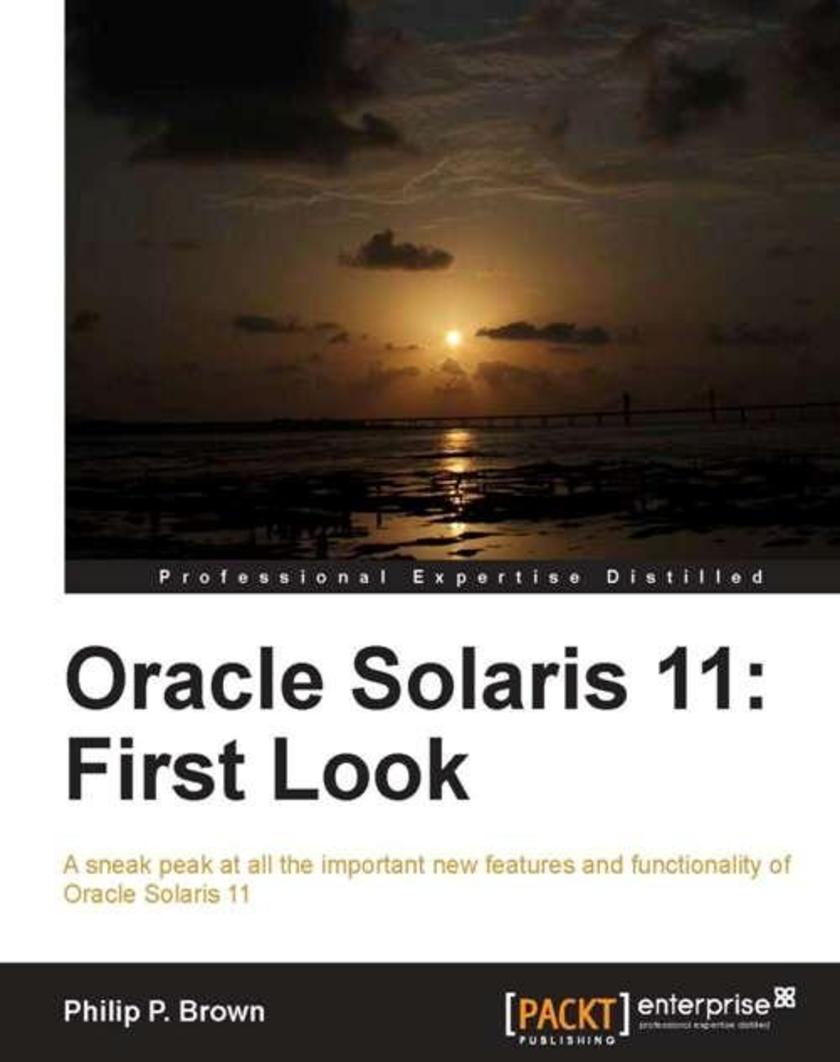
Oracle Solaris 11: First Look
¥54.49
This book is written in simple, easy-to-understand format with lots of screenshots and step-by-step explanations. If you are a Solaris administrator looking for a step-by-step guide to understand the new features and functionality of Oracle Solaris 11, then this is the guide for you. Working knowledge of Solaris is required.
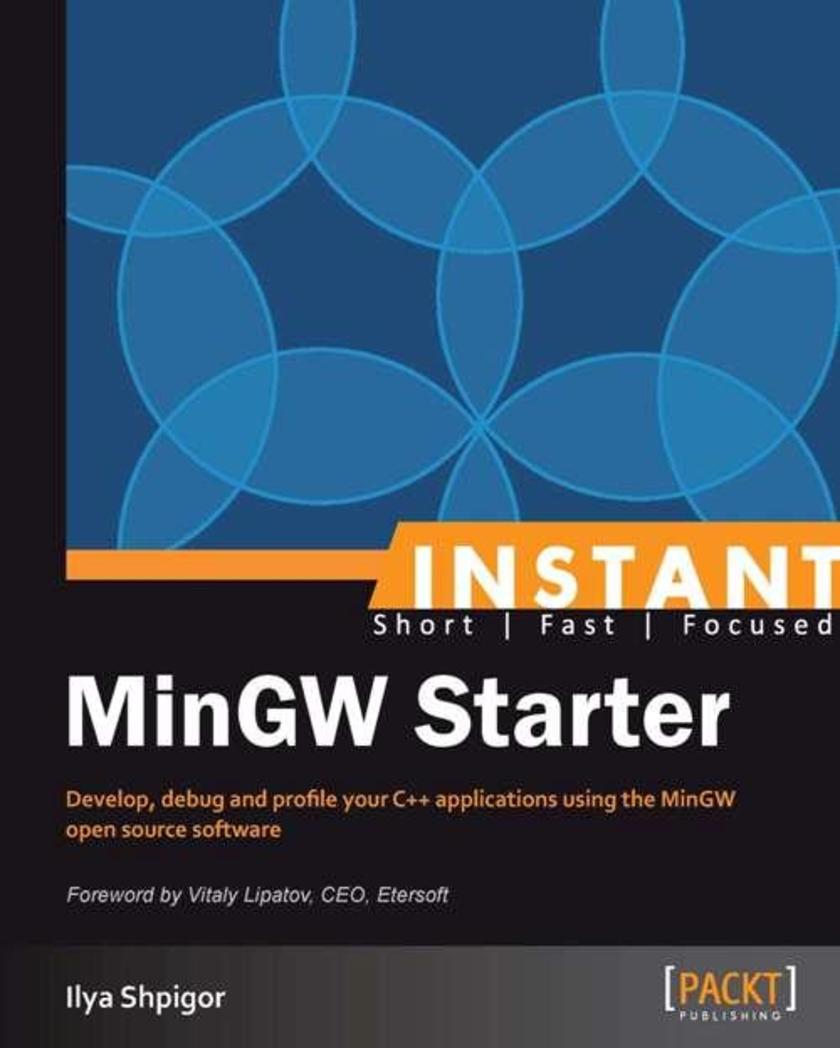
Instant MinGW Starter
¥35.96
Get to grips with a new technology, understand what it is and what it can do for you, and then get to work with the most important features and tasks. This is a Starter guide designed to enable the reader to start using MinGW to develop Microsoft Windows applications as quickly, and as efficiently, as possible. This book is for C and C++ developers who are looking for new and effective instruments to use in application development for Microsoft Windows. No experience of MinGW is needed: this book will guide you through the essentials to get you using the software like a pro in a matter of hours.




 购物车
购物车 个人中心
个人中心



